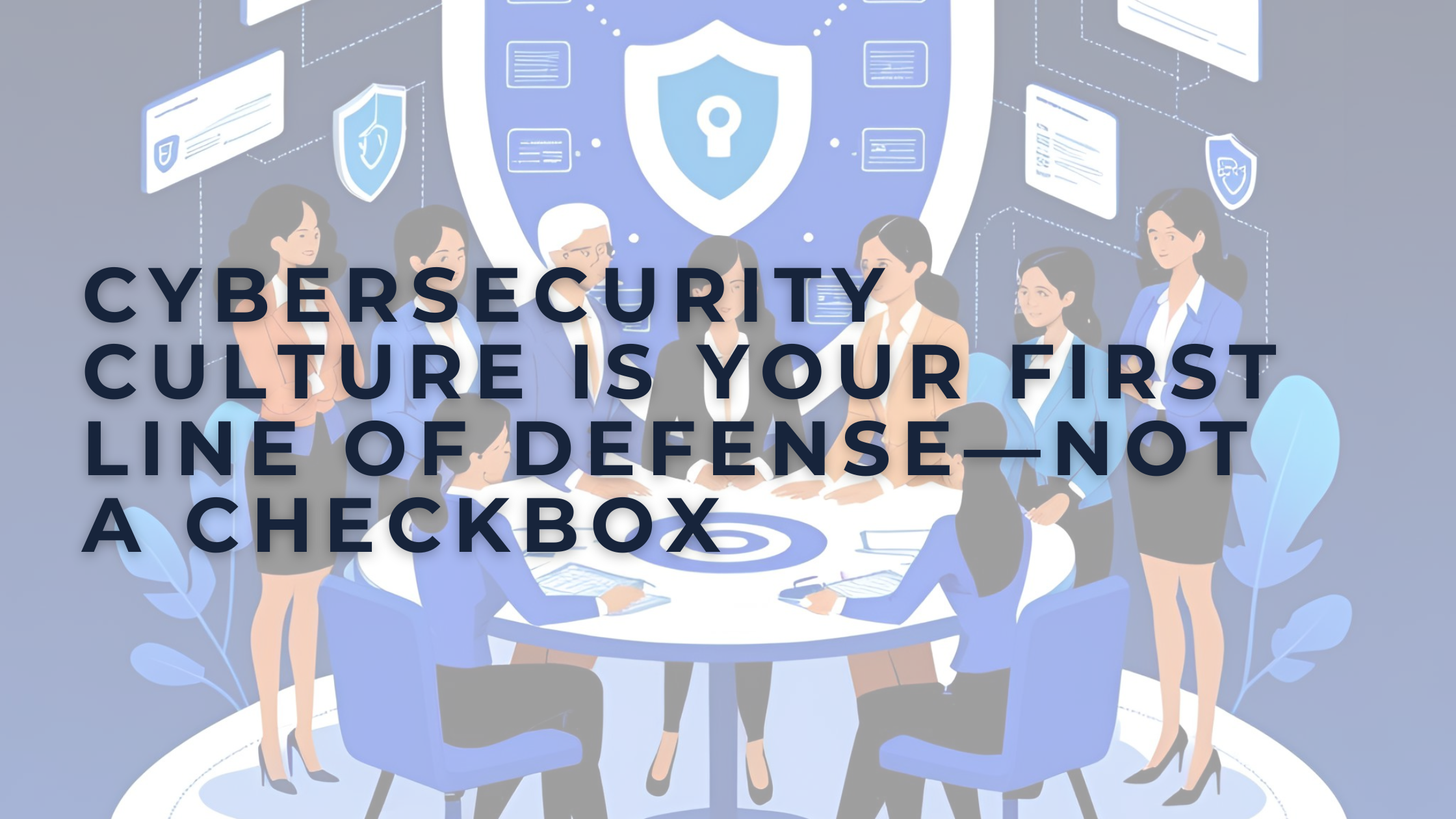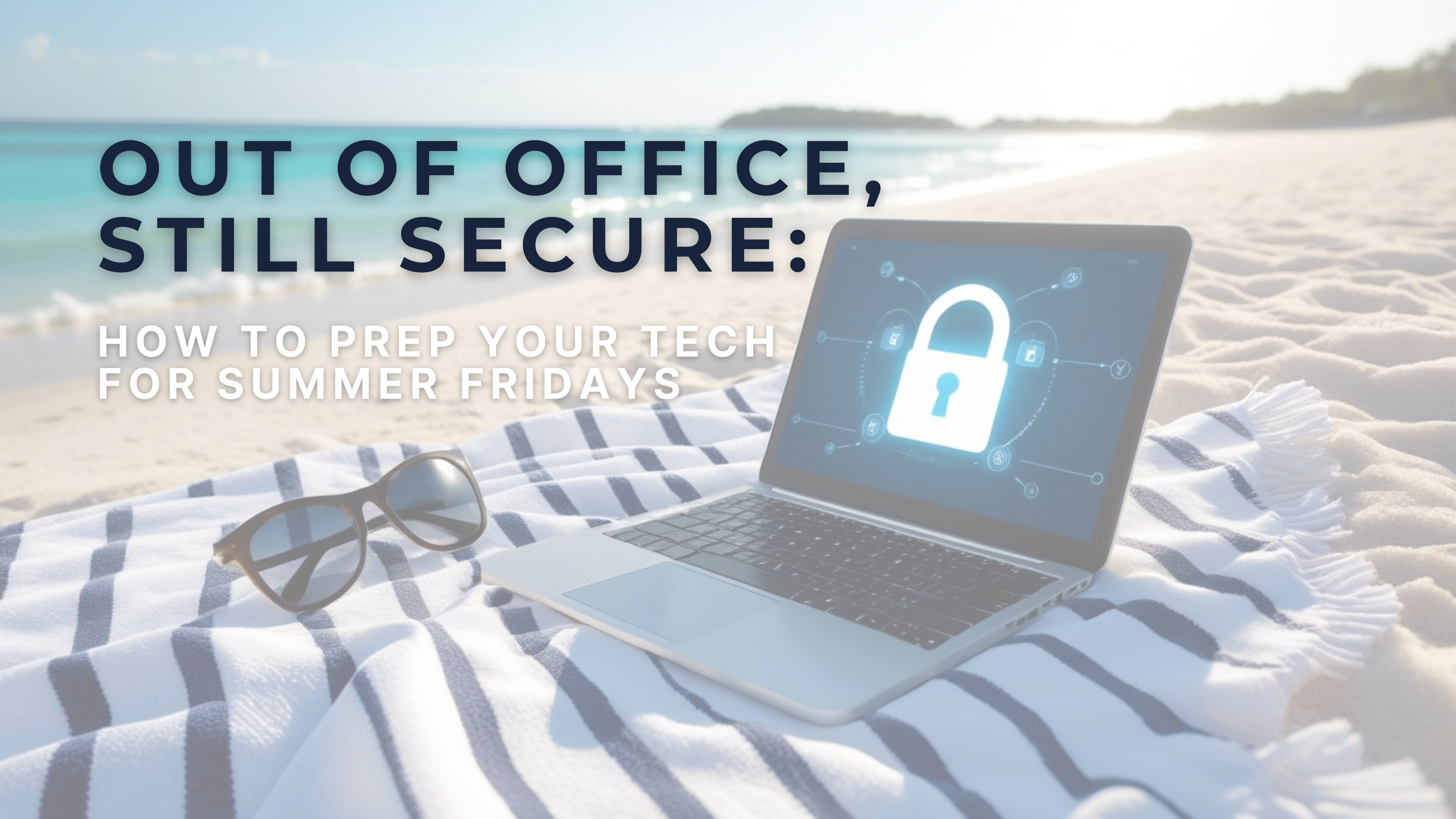Can You Spot The Citizens Bank Text Scam?
Key points:
- You may receive scam texts that appear to come from Citizens Bank
- Do not click links in these texts
- Find out how the scam works below
How The Citizen Bank Scam Works
Citizens Bank customers are being targeted with fraudulent text messages. Do you know how to spot a scam?
Discover everything you need to know about this scam in our latest video:
Telling Fake Texts From Real Ones
It’s important to note that Citizens Bank does text its customers from time to time.
As a matter of convenience, many people prefer a text to a phone call, and so, most banks offer that as a communication option.
Citizens Bank may text its customer for the following four reasons:
- Confirmation of transaction amounts/merchant details
- Potentially suspicious account activities
- Issue a unique PIN for multi-factor authentication
However, the bottom line is that no matter what type of text you may get from Citizens Bank, you need to examine it carefully to make sure it’s not a scam.
How To Identify A Text Scam
Scammers don’t limit themselves to phone calls and spam emails—they’re also sending fraudulent and dangerous texts these days. Are you sure you would know how to spot one?
Unfortunately, SMS scams can be more damaging than most people think. SMS attacks are social engineering attacks that work similarly to text scams. The difference is that, in a lot of cases, they can be much more convincing.
5 Signs It’s A Text Scam
As a social engineering method, text scams rely directly on the target’s lack of awareness. The less a given user knows about text scams, the less likely they’ll be able to spot a scam text.
Here are 5 signs that a text may be a scam attempt by a cybercriminal:
Source
Does the text come from an area code you don’t recognize, or a long, nonsensical text address?
That’s your first sign that something isn’t right. If you don’t recognize the sender, you need to be suspicious of what they’re saying.
Spelling and Grammar
When reading suspicious text, keep an eye out for any typos or glaring errors.
Whereas legitimate messages from your bank or vendors would be properly edited, scam texts are notorious for basic spelling and grammatical mistakes.
Specificity
Whereas legitimate senders will likely have your information already (such as your first name) and will use it in the salutation, scammers will often employ vaguer terminology, such as “Valued Customer”—this allows them to use the same text for multiple targets in a mass attack.
Urgent and Threatening
If the subject line makes it sound like an emergency (“Your account has been suspended”, or “You’re being hacked”) that’s another red flag. It’s in the scammer’s interest to make you panic and move quickly, which might lead to you overlooking other indicators that it’s a scam text.
Hyperlinks
If the text contains a hyperlink that you are urged to click, that’s a dead giveaway. The scammer is likely trying to send you to a webpage that will record your login information, or get you to download dangerous malware.
Why These Scams Work
The reality is that cybercriminals can keep using the same old techniques because users keep falling for the exact same tactics without ever seeming to learn the cybersecurity measures needed to protect against them.
The key to these types of scams is that they don’t rely on digital security vulnerabilities or cutting-edge hacking technology; social engineering targets the user, who, without the right training, will always be a security risk.
Don’t Be A Sitting Duck
SMS Phishing or “smishing” attacks have become a major threat to consumers and small businesses worldwide.
Just like email phishing attacks, smishing is the act of sending unsolicited SMS or text messages designed to draw the victim to click on malicious links which can collect personal information or, in some cases, download malware.
With a little due diligence, you can avoid becoming victim of these scams. Never reply to the text and never click any links. Instead, contact the contact or company directly to verify authenticity.





